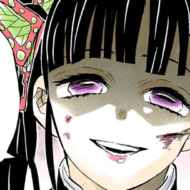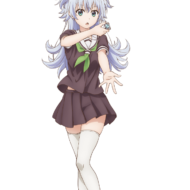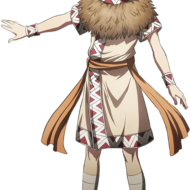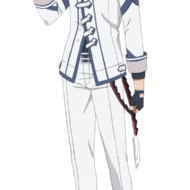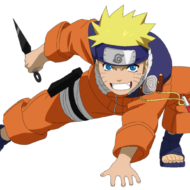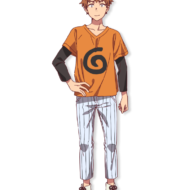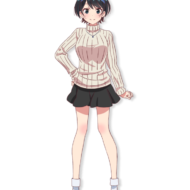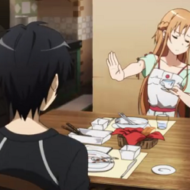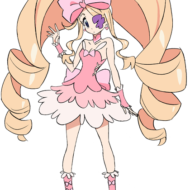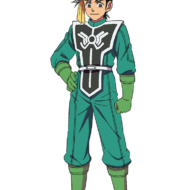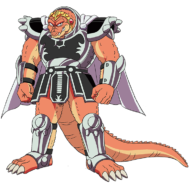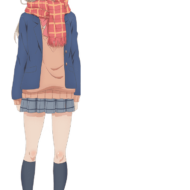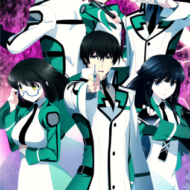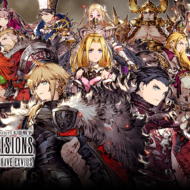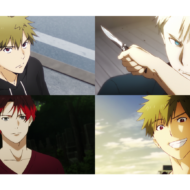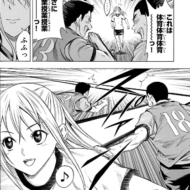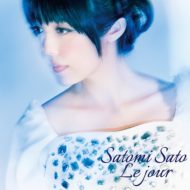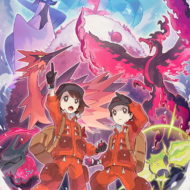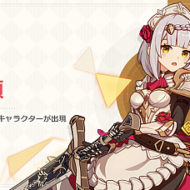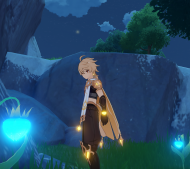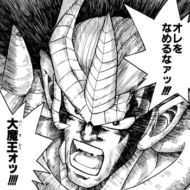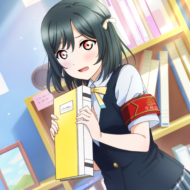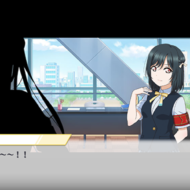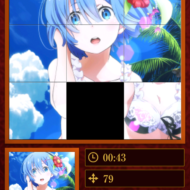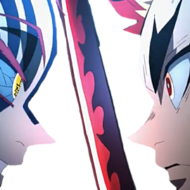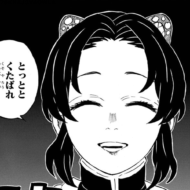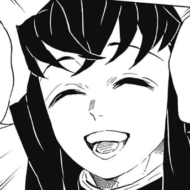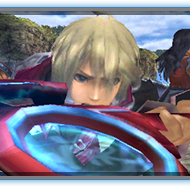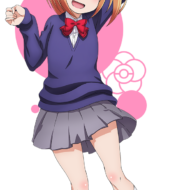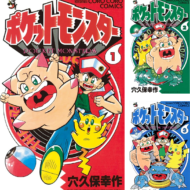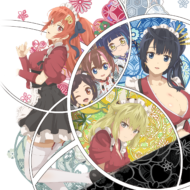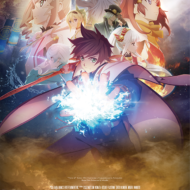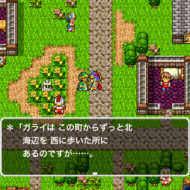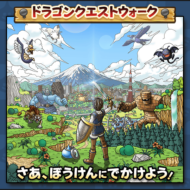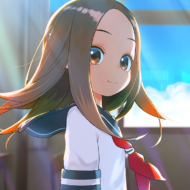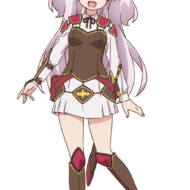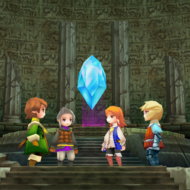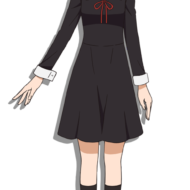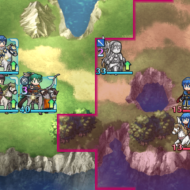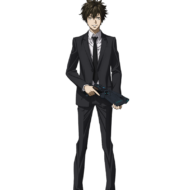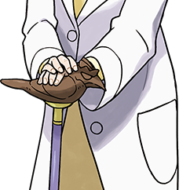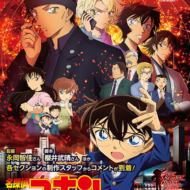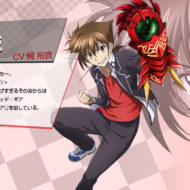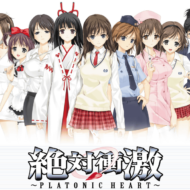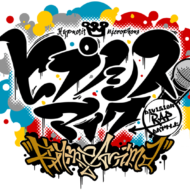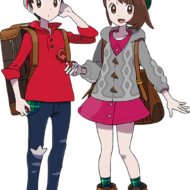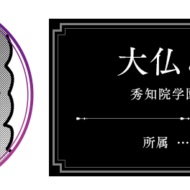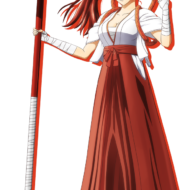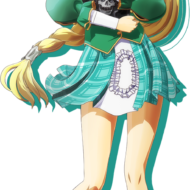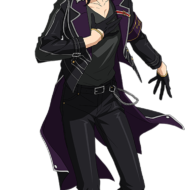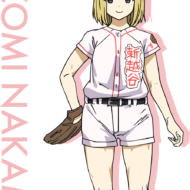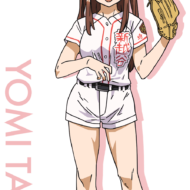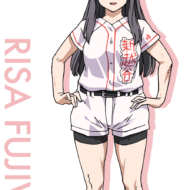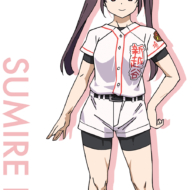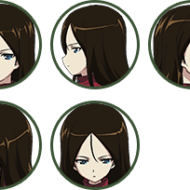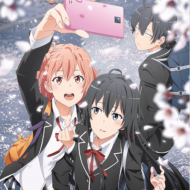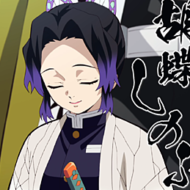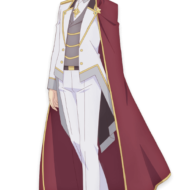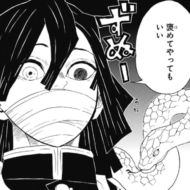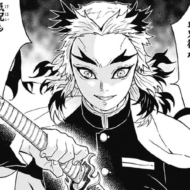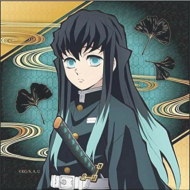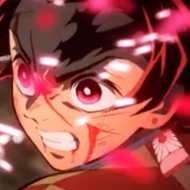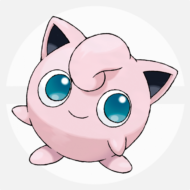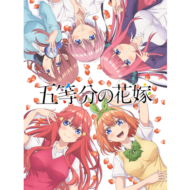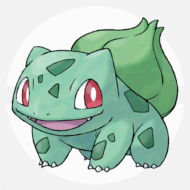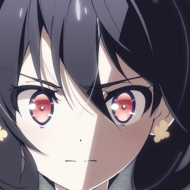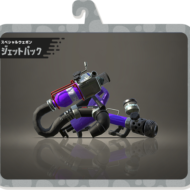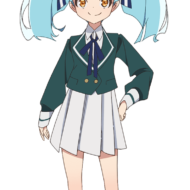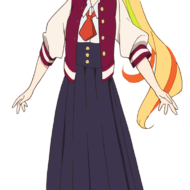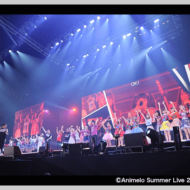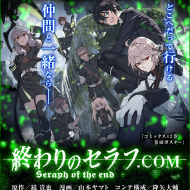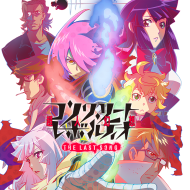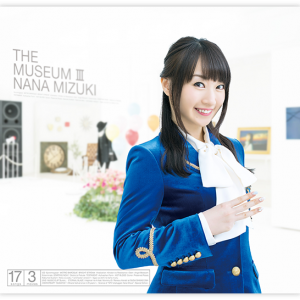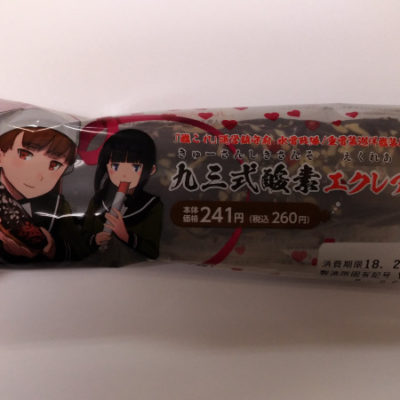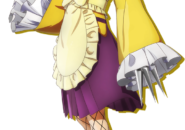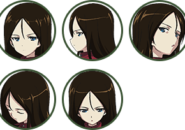出典 : Amazon.co.jp
In the case of an anime with an original story, there are anime that fans of the original story are very happy with, but there are also anime that fans don’t like.
Among them, there are some that fans want to see reworked! I’ve compiled a list of the works that keep appealing to me and their trends and characteristics!
What about the anime where the artwork collapsed?
出典 : Amazon.co.jp
The most obvious example of failure in an anime adaptation is “drawing collapse”.
This is a tragedy that occurs because, due to budget and schedule constraints, it is inevitably left to incompetent animators or studios that lack politeness, and there is no room for correction.
However, in recent years, the term “disintegrated drawings” has been walking by itself, and in many cases, the term has been used to describe drawings that are actually not that disorganized, or it has been used to pick up on momentary distortions in the middle of the picture (a picture used to express movement between the originals) or a small picture in long shots.
The latter in particular is something that arises in most anime at some point, and there’s no need to pick up on it, but it’s often picked up for fun on the internet.
In the case of these fake drawing breakdowns, of course, fans don’t see it as a problem.
There are quite a few anime where the quality of the artwork is clearly low for one episode out of 12 or 13, but that is acceptable.
However, there are some animations that frequently have a level of art decay that is difficult to defend.
One of the most famous anime in the late 2010’s that had a breakdown in drawings was “Imoimo”, or “Ore no likes my sister but not my sister”.
The use of low quality original art is quite common, to the point that it makes you think that the drawings are less than normal.
In the case of this work, one of the selling points of this work was the disintegration of the drawings, and it became more famous for the drawings than the content.
Similar examples are “Ore, I’ll be in Twintails. Ore, Twin Tail ni Narimasu.” “Before Dawn, Ruriro na” and “Lost Universe” are also examples.
For non-fans, the disintegration of the artwork was a kind of entertainment, and there were some positive aspects, such as the excitement of the live action, but for the fans of the original work, it was a disappointment.
However, what was even more painful for the fans was the reality that the budget was not enough to cause the artworks to collapse, or in other words, there were not high expectations for the work.
A disintegrated animation is one that destroys not only the drawings but also the mentality of the fans and the original creator.
Also, “Fiddler of Hamelin”, which is full of stopping pictures and doesn’t move at all, and “Flowers of Evil”, which is completely different from the original work, are all common in terms of fans’ dissatisfaction with the images.
However, I get the impression that while these films may be made into stories, not many people actually want to see them reworked.
What anime didn’t accept the aniori elements and cuts?
出典 : Amazon.co.jp
Along with the collapse of the drawings, the most common type of anime that is considered a failure is when fans say “no” to an aniori element.
Some of the elements that are not in the original work are foreign to the fans of the original work, and although they can have a positive effect on them, I have the impression that they are more likely to be rejected.
The most common problem with anioli elements is the addition of episodes or new characters that do not match the colors of the work.
In the second season of “Minamike”, the character Fuyuki Masumi Fuyuki, a gloomy character who is the younger brother of the three sisters of the Minami family, was introduced and the atmosphere was made heavier, which was scathing by the original fans.
True Moon Tan Tan Tsukihime” was broadcasted in 2003 as an anime based on “Tsukihime”, the first work of TYPE-MOON known for “Fate”, and there were calls for a remake of “True Moon Tan: Tsukihime” from fans who did not like the aniori elements.
The “Magic Teacher Negima! The main heroine in “Kumamiko” was cremated, which was an outrageous anioli, and although she was eventually spared from death, it caused a bit of an uproar.
Kumamiko” also caused a firestorm because the main character, Amayadori Machi, was driven into a corner by the development and awful words and actions that were not in the original story.
Contrary to the addition of an aniori, if a famous scene from the original work is cut or a popular character is reduced, it will be dealt with without question.
For example, the first season of “Kekkai Sen Sen” was a huge hit, and although it had its pros and cons, it had many aniori elements, including the introduction of new characters, and was highly praised by a certain number of fans, however, in the last episode, an important line of dialogue that would have been used in a later episode (which was also the most popular episode) was used ahead of schedule, and this had an impact on the second season, which caused displeasure among the fans of the original work.
In “Welcome to the Classroom of Competence Supremacy”, the most popular heroine of the original work, now one of the most popular heroines of the light novel, Kei Karuizawa, was replaced by another heroine, which was also booed by the fans.
Also, when animating or remaking a previous feature film, episodes are often cut for the sake of scale, which can also lead to disappointment among fans.
Even if it is only cutting episodes, because of the insufficient scale, the story is rushed through like a digest, the structure is forced and the story and characters are twisted, and even then, contradictions arise, and if a masterpiece falls into a situation where people think “it’s not as great as it sounds”, then it’s no good at all.
A typical example of this is “Hakkyo: Fumin Engei”, the second anime adaptation of a popular jump manga.
The first anime adaptation was not well received, but this remake received even lower ratings, which infuriated fans.
When it comes to these types of anime, fans are desperately calling for a remake.
At the same time, they are very aware of how difficult it is to do so, so it’s probably more accurate to say that they are taking out their unquenchable anger on that appeal rather than their wishes.



